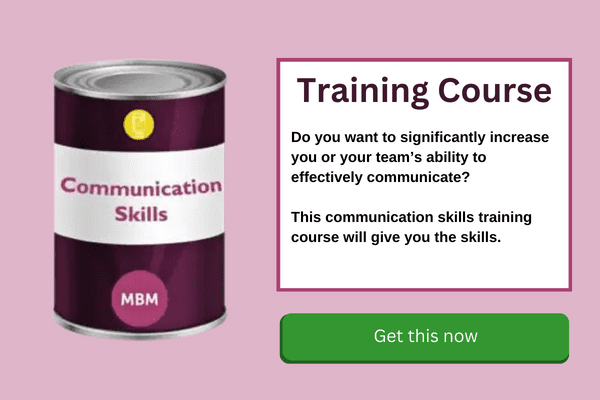The Problem with ‘Hope You’re Well’
Since the first email was sent in 1971, we’ve been using ‘Hope you’re well’ at the beginning of our emails. I suggest we make a significant change to this outdated practice that will benefit us.
It’s one of the first things you read in an email, and we all know how important first impressions are. Even if it’s not the first email you’ve sent them, it’s saying something about you each time. Sadly, using the ‘hope you’re well’ says nothing. It’s saying that you don’t know what to say and so you put the ubiquitous greeting used by everyone else. You are a sheep. Not a thought leader. It’s the equivalent of the paper straw cover in McDonald’s. It’s meh.

Indulge me momentarily as I grind my teeth whilst writing ‘hope you’re well’. It’s grammatically incorrect. Fact. Stop. If you absolutely must then please write ‘I hope you are well’. Moving on…
Copywriters know that every sentence has to earn its right to exist and also to encourage the reader to read the next line. So how about we retire this old timer and replace her with a more useful model?
The Push/Pull Technique: A Modern Solution

In the world of influencing one of the most successful techniques is the ‘push/pull influencing technique’. I am sharing this because we can use this technique as the new model. First, here’s a brief explanation of the push/pull technique.
‘Pushers’ share what is in their head and ‘Pullers’ ask what is in your head. They are both valid. The challenge is firstly, Socrates – Know thyself, and secondly to choose whether to pull or push in each situation.
For example, sometimes when presenting if the audience isn’t listening, stop and ask a question – Pull. Or sometimes you need to speak up in a meeting and share what you’re thinking – Push. To help, please think of a puller and then a pusher in your business. Back to retiring the old timer…
Replace ‘how are you’ in your emails with a Push – ‘Last weekend I took the kids to the see the latest Marvel film’. Or Pull – ‘What was great about your weekend?’.
The reason this replacement is important is because of the trust model. One of the key four parts of the trust model is intimacy, which is how much do I know about you and how much do you know about me? By pushing and pulling over time we get to know each other more, which builds the intimacy part of the trust model.





